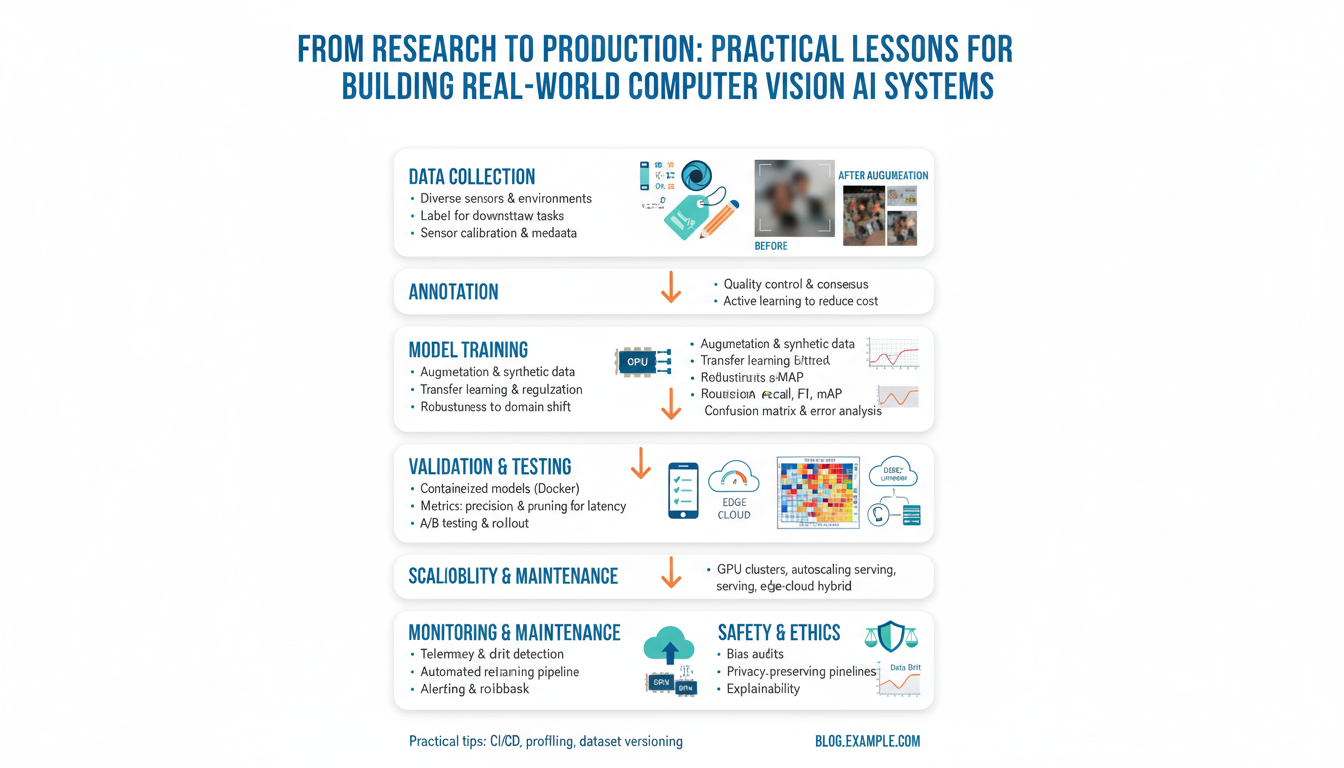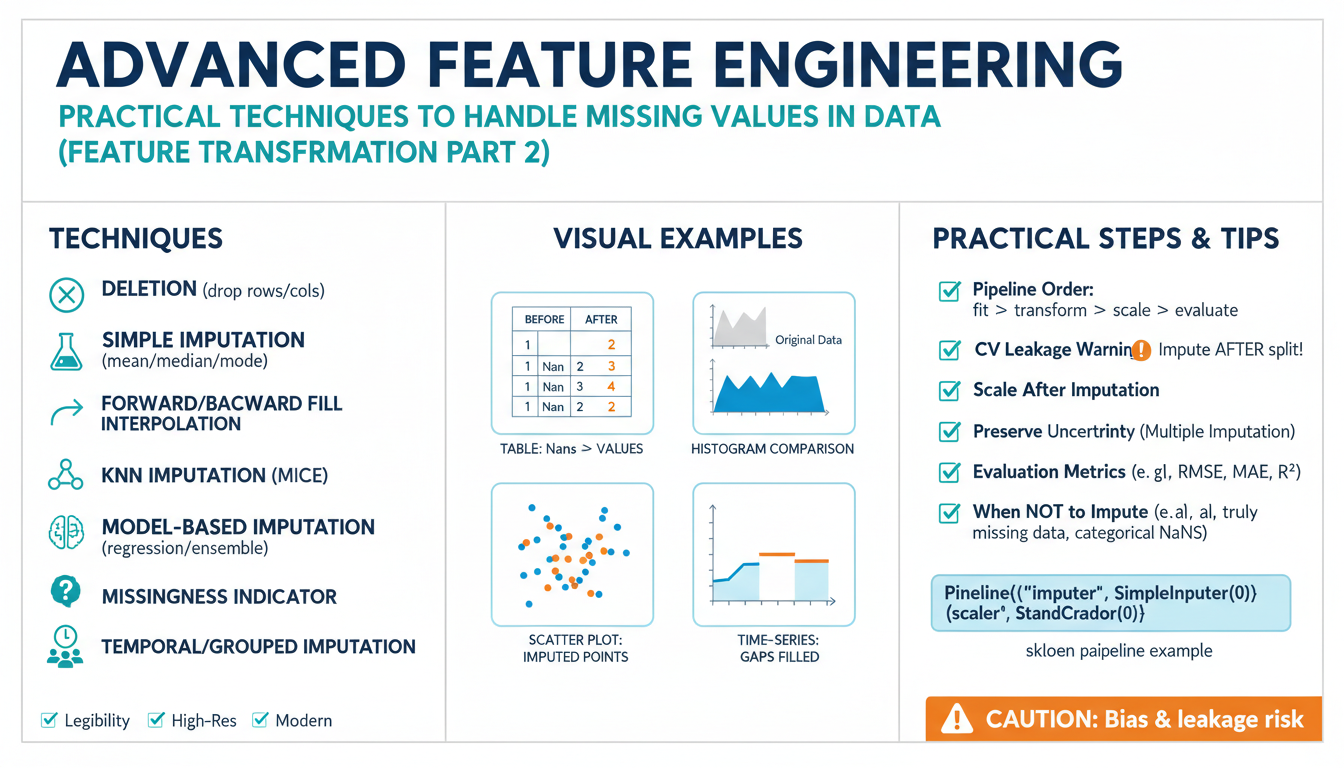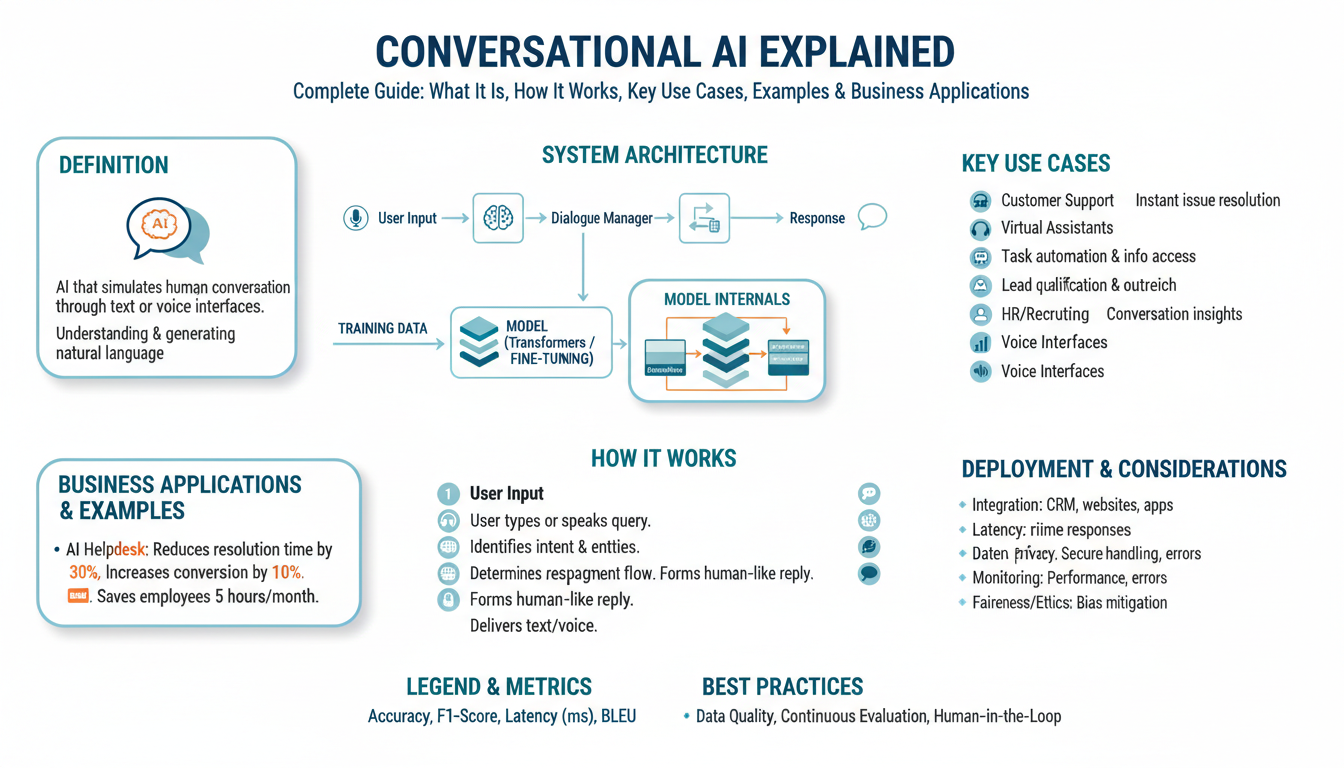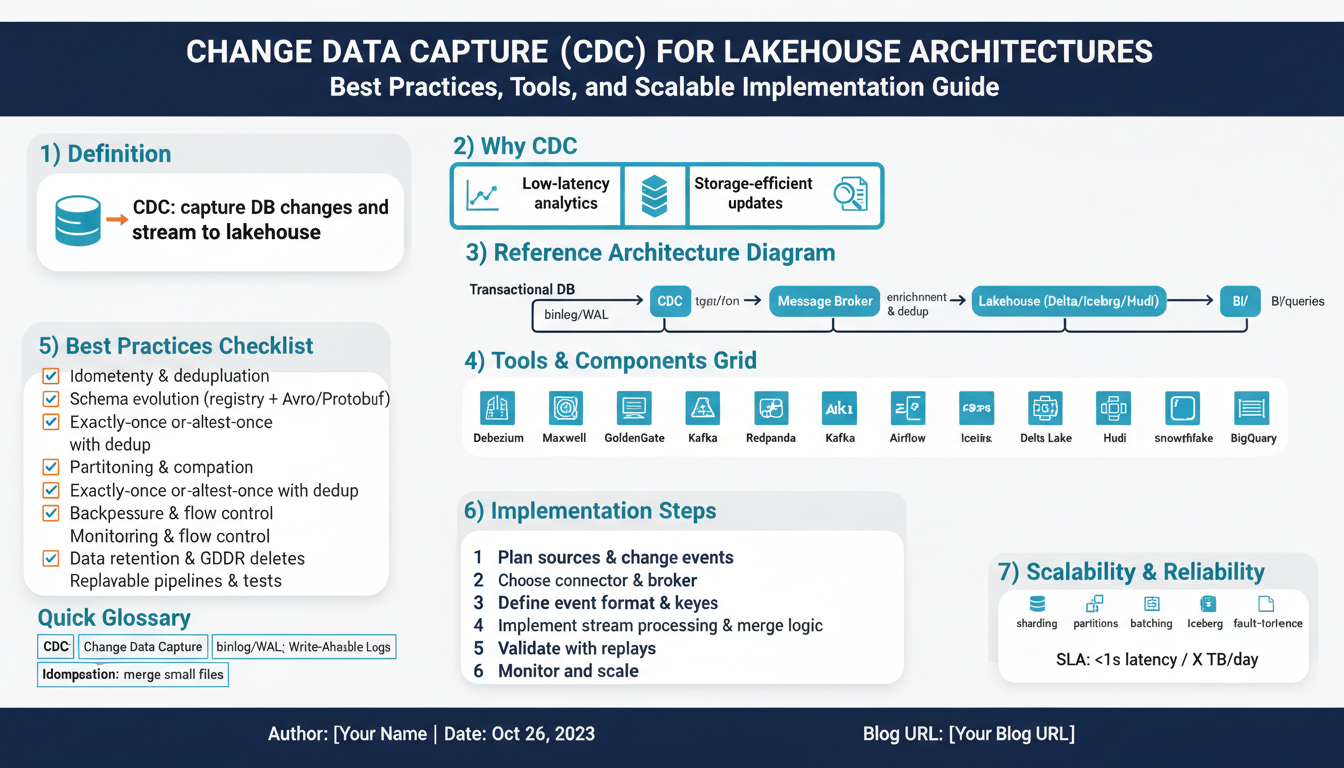Understanding Impulse Management Patching (IMP) in LLMs
Impulse Management Patching (IMP) offers a sophisticated framework for rectifying undesired or risky behavior in large language models (LLMs). At its core, IMP is designed to address spontaneous, often unplanned, outputs generated by LLMs—referred to as “impulses.” These impulses could range from generating toxic language to divulging private information or even producing misleading content. Understanding IMP is crucial for both AI developers and organizations that rely on LLMs for sensitive or large-scale applications.
In essence, LLMs are trained on vast datasets, allowing them to mimic human-like conversation and generate contextually relevant information. However, their immense flexibility sometimes leads them to generate responses that escape the boundaries of intended use. This is where IMP comes into play, acting as a safeguard and corrective layer.
How IMP Works: Detection and Intervention
- Impulse Detection: The first step in IMP is to identify when an LLM is about to generate an impulse—an undesirable output. This relies on advanced monitoring and classification algorithms that flag problematic tendencies in real time. Approaches like toxicity classifiers or reinforcement learning-based systems are often embedded to watch for warning signs as text is generated.
- Patching and Redirection: After detection, IMP systems swiftly apply “patches.” This may involve modifying the underlying model weights, redirecting the generation path toward safer outputs, or even re-routing the query to a pre-tested, reliable template answer. An excellent example can be seen in OpenAI’s use of alignment strategies to ensure their models adhere to safe use policies.
- Continuous Improvement: IMP isn’t a one-time fix but a dynamic process. Models are frequently audited with adversarial prompts and real-time usage data. Updates to the patching protocols happen regularly, integrating fresh research and feedback to keep pace with evolving risks. For more on continued model alignment, see this DeepMind article about stable alignment.
Real-World Example
Suppose an LLM is integrated into a social media platform’s content moderation system. Without IMP, an unexpected input about a sensitive topic might cause the model to output inappropriate advice or misinformation. With IMP, the system immediately identifies the risky trajectory and re-routes the reply to a reference-approved, accurate response or even notifies a human moderator.
By incorporating impulse management patching into the LLM operational pipeline, organizations significantly enhance both reliability and safety. This fosters greater trust among users and meets the rising call for responsible AI, as highlighted by initiatives such as the NIST AI Risk Management Framework.
Ultimately, IMP in LLMs represents a crucial evolution in AI safety: a proactive, continuously adaptive approach to curbing unintended outputs, thus enabling these powerful models to be confidently deployed in sensitive domains.
The Role of Detection in Preventing Unwanted Outputs
Detection is a critical first step in mitigating unwanted outputs from large language models (LLMs). The digital landscape is full of nuanced contexts, making it essential that LLMs like ChatGPT and similar models consistently align with safety and ethical standards. In this framework, detection does not just refer to identifying prohibited terms or phrases; it involves a sophisticated process of understanding intent, context, and underlying implications in user prompts and the model’s own outputs.
Steps and Mechanisms in LLM Output Detection
The progression from simple keyword-based filters to advanced semantic understanding marks a major leap in the detection processes for LLMs. Initially, detection systems relied on hard-coded blacklists, scanning for exact matches of banned terms or phrases. However, LLMs have since evolved, making detection far more nuanced. Most modern systems now utilize a blend of the following:
- Contextual Analysis: Deep learning models are trained to recognize content in context, flagging outputs that may not contain outright prohibited language but imply controversial or harmful subjects. For an overview of these improvements in natural language understanding, see ACL Anthology.
- Intent Detection: By parsing sentence structures and inferred meanings, intent detection helps differentiate between benign and malicious queries, enabling finer discrimination between allowed and disallowed interactions. Research from IEEE highlights advances in machine comprehension here.
- Adaptive Learning: Detection routines are constantly updated through feedback loops, where flagged outputs refine the underlying models, allowing them to catch emerging categories of undesirable content. A deep dive into adaptive systems is available at Google AI Blog.
Examples and Practical Scenarios
Consider the case where a user asks the LLM for advice on unsafe activities using harmless language. Effective detection does not solely rely on keyword matching, but assesses the context and possible real-world consequences of the reply. An academic review on semantic toxicity detection at Cambridge Engage offers insights into such multi-layered approaches.
Another example involves redirecting questions rooted in manifestly false premises. Instead of generating potentially misleading outputs, detection triggers a rephrase or clarification mechanism, ensuring factual accuracy and user safety. For an authoritative guideline, consult research published on arXiv.
The Importance of Robust Detection
Robust detection systems are not a static solution; they operate as a dynamic, evolving defense against the ever-changing landscape of malicious exploitation and accidental misuse. Without proper detection, downstream redirection or patching logic simply cannot function effectively. Therefore, organizations deploying LLMs in production—especially in sensitive sectors—invest heavily in detection technology, leveraging both internal development and open research in the broader AI community (DeepMind Blog).
In summary, effective detection establishes the guardrails for responsible AI. By identifying problematic queries early, it lays the foundation for redirection and ensures that LLMs are trustworthy partners in digital interaction.
Mechanisms of IMP: How Patching Works Behind the Scenes
Impulse Management Patching (IMP) has emerged as a pivotal approach to enhancing language model safety and control, especially as Large Language Models (LLMs) play an ever-growing role in digital solutions. The mechanics behind IMP are nuanced, involving sophisticated detection strategies and precise intervention methods that redirect a model’s behavior in real-time. In this section, we delve into the inner workings of IMP, providing detailed explanations and illustrative examples.
Detection: Identifying Impulsive Model Behavior
At the core of IMP lies a robust detection mechanism. This entails continuously monitoring the neural activations and token predictions within an LLM’s processing pipeline. Researchers use a combination of statistical analysis and anomaly detection algorithms to spot output patterns or decision points that align with “impulsive” or undesired behaviors—such as generating harmful, biased, or untruthful content. For example, specialized classifiers may be trained to flag outputs related to sensitive topics or to detect toxic language by referencing annotated datasets. You can learn more about these techniques from academic discussions such as this paper on neural red teaming and DeepMind’s work on Safe LLMs.
Patching: Intervening at Critical Junctures
Once undesirable behavior is flagged, IMP employs “patching” strategies to intervene effectively. This can mean modifying token probabilities, steering the latent activations towards safer trajectories, or even substituting entire response segments. There are two main methods utilized here:
- Token-level Patching: Adjusting the likelihood of specific token outputs so that the language model is nudged away from generating high-risk content. This can be performed in real-time, leveraging actionable feedback provided by the detection mechanism.
- Activation Steering: A more advanced approach involves altering the internal neural activations—effectively “redirecting” the chain of thought within the model. This prevents the formation of harmful or impulsive completions before they are even considered for output. For deeper insight, consider OpenAI’s research on activation patching in transformers.
Feedback Loops: Continuous Improvement
IMP is not a one-off fix but an ongoing process. Feedback loops play a critical role, allowing the system to learn from new edge cases and adapt its patching strategies over time. This feedback can come from both automated metrics (such as output toxicity classifiers) and user reports. Over time, these insights enable the model to become more robust and less prone to impulsive outputs. For further exploration, the principles of iterative model alignment and feedback are discussed in detail by Anthropic’s work on Constitutional AI.
Illustrative Example: Redirecting Undesirable Output
Imagine an LLM queried for advice on a controversial topic. If its preliminary activations hint at replying with unsafe or disallowed recommendations, the IMP framework detects this and patches the response. Instead of delivering the risky answer, the LLM might be redirected to provide general safety information or a neutral stance. This seamless transition, largely invisible to the end user, demonstrates the power of IMP in safeguarding deployments in real-world applications.
In summary, the underlying machinery of Impulse Management Patching is a layered system of vigilant detection, surgical intervention, and adaptive learning—all designed to ensure that LLMs remain helpful and safe in dynamic environments.
Case Studies: IMP in Action Across Different Applications
Impulse Management Patching (IMP) has proven to be an indispensable tool for enhancing the safety and alignment of large language models (LLMs) across an array of real-world scenarios. Let’s evaluate how IMP operates in several diverse applications, illustrating both its detection capabilities and its strategic redirection mechanisms.
E-Commerce Content Moderation
LLMs are increasingly used to generate product descriptions, customer responses, and marketing materials in online retail environments. However, managing impulsive content—such as the inadvertent promotion of restricted items or unintentional bias—requires effective intervention. IMP is deployed to scan outputs in real-time, flagging language that might violate corporate or regulatory guidelines. For example, if an LLM-generated product description starts veering into prohibited health claims, IMP’s detection triggers an immediate patch. This patch can automatically rewrite or suppress the problematic content, ensuring consumer trust and regulatory compliance.
For more on AI’s role in e-commerce, see Harvard Business Review’s analysis of AI in customer service.
Healthcare Virtual Assistants
LLMs deployed as healthcare virtual assistants present unique challenges, particularly around the sensitive nature of medical advice and patient privacy. IMP is often configured to detect “impulse responses”—those answers that may stray into diagnostics, treatments, or personal health suggestions without proper context or disclaimers. By identifying these triggers, the IMP system can redirect conversations, prompting the virtual assistant to issue a standardized disclaimer or to escalate the interaction to a qualified medical professional. This not only protects organizations from liability, but also ensures patient safety and data privacy.
Read more about responsible AI in healthcare on Nature Digital Medicine.
Educational Platforms and Academic Tutoring
LLMs are frequently adopted in digital learning environments to assist students with assignments, explanations, and personalized study guidance. Without IMP, students could easily coax chatbots into providing direct answers to homework, thus undermining learning outcomes. IMP’s detection layer can spot requests that match common homework patterns or direct question phrasing. It then applies a patch that gently redirects the student towards constructive hints, Socratic questioning, or resource recommendations—thereby preserving academic integrity and fostering genuine understanding.
More on AI in education is available from EDUCAUSE Review.
Financial Services and Customer Interaction
Financial institutions use LLMs to streamline client support, fraud detection, and onboarding processes. In such regulated environments, even minor impulsive responses—like sharing speculative investment advice—can trigger compliance issues. IMP proactively detects such instances, halting the conversation and providing redirection such as compliance-approved disclosures or instructions to contact a licensed advisor. Case studies from major banks show that integrating IMP not only reduces regulatory risk, but also boosts customer confidence in intelligent automation.
Discover more insights in the McKinsey report on AI in banking.
Social Media and Content Generation
The deployment of LLMs for user-generated content moderation is becoming essential in social platforms to manage impulsive, offensive, or non-compliant posts. IMP can spot early signs of policy violations such as hate speech, spam, or misinformation. Following detection, it intervenes by soft-blocking content or requesting user revision. By coupling detection with user-facing feedback, platforms both maintain robust moderation and foster healthier communities.
For a comprehensive look, read Meta’s Community Standards Enforcement Report.
These case studies demonstrate that IMP is not a one-size-fits-all solution. Instead, it is a customizable, context-aware toolkit that bolsters safety and alignment wherever LLMs are deployed. By moving rapidly from detection to redirection, IMP serves as the silent guardian for next-generation AI applications, ensuring ethical standards and user trust are consistently upheld.
Redirection Strategies: Guiding Large Language Models Safely
Effectively guiding large language models (LLMs) after detecting impulses or unwanted behaviors requires strategic frameworks to minimize risks and maintain utility. Redirection, as a practice in Impulse Management Patching (IMPaa), moves beyond mere detection—aiming to guide the model toward safe, constructive, and context-appropriate outputs. Below are essential strategies for redirection and detailed guidance on implementing them:
Context Expansion: Directing the Model with Additional Clarity
One powerful redirection technique involves expanding or altering the input context provided to the LLM. When a potentially sensitive or problematic intent is detected, the system can inject clarifying prompts or additional instructions that reshape the conversation’s trajectory. For instance, if a user query edges toward prohibited content, the model can receive a context-augmenting prompt urging informational over speculative responses.
- Step 1: Detect the trigger impulse using an auxiliary classifier or auditing routine.
- Step 2: Dynamically append a clarifier (e.g., “Please answer in a safe and educational manner.”).
- Step 3: Allow the LLM to regenerate its output, obeying the new context.
This approach encourages the model to reframe its response within safe, ethical, and informative boundaries, as echoed in research from DeepMind on iterative red-teaming.
Output Filtering and Suggestive Hints
Rather than block or erase output, output filtering algorithms can redirect the engagement by removing problematic segments and juxtaposing them with educational or policy-aligned hints. For example, if an unsafe medical query is detected, the LLM can replace direct advice with guidance to consult professionals, paired with authoritative information, e.g., “For personalized medical guidance, please consult a healthcare professional. Learn more from the CDC.”
- Step 1: Post-process outputs for filtered keywords or unsafe patterns.
- Step 2: Substitute or append the output with suggestive, compliant messaging.
- Step 3: Provide links to reliable sources where users can find further help.
This minimizes confrontation and gently nudges users towards safer and more constructive searches.
Dialogue Re-direction: Proactive Engagement Techniques
Dialogue redirection encourages LLMs to steer conversations away from risk-prone areas by asking clarifying questions or suggesting alternative topics. For example, after detecting a potentially unsafe instruction, the model might respond, “Can you tell me more about what you’re hoping to accomplish?” or “Let’s explore a safer way to address your question.” This keeps the conversation open while avoiding direct engagement with the impulse.
- Clarify Intention: “Could you clarify what you mean by that request?”
- Suggest Alternatives: “I’m unable to assist with that, but I can help you find safe resources on related topics.”
- Educate Proactively: “Here’s why some questions can be sensitive and how you can find responsible guidance.”
Such methods align with principles detailed by experts at Stanford’s HAI in making models more resilient by proactive and transparent redirection.
Adaptive Feedback Loops
Long-term safety in LLMs is bolstered by adaptive feedback mechanisms that learn from user interactions over time. Systems can collect anonymized data on redirection efficacy and fine-tune prompts or filters to match evolving needs and vulnerabilities. Publishing transparency reports, as practiced by leading companies (OpenAI Research), encourages public trust and a culture of responsible AI guidance.
- Continuously monitor redirected conversations for user satisfaction.
- Iteratively adapt redirection prompts and policies based on analytics.
- Engage ethical review panels for ongoing oversight and improvement.
The integration of these techniques ensures that redirection mechanisms are not static but evolve to face new challenges as LLMs continue to develop and impact a wide variety of real-world scenarios.
Challenges and Limitations of Impulse Management Patching
Impulse Management Patching (IMP) represents a fascinating yet complex frontier in maintaining the stability and safety of Large Language Models (LLMs). While the technique shows promise in controlling impulsive or undesirable outputs, several significant challenges and limitations hinder reliable and comprehensive adoption.
1. Model Transparency and Black-Box Nature
One of the core issues lies in the inherent opacity of deep neural networks. LLMs function as black-box systems with billions of parameters, making it exceptionally difficult to pinpoint the precise triggers of impulsive outputs. Without granular transparency, designing patches that address root causes—rather than merely symptoms—remains an educated guessing game. This lack of transparency can sometimes lead to unforeseen consequences, as attempts to manage one behavioral impulse may inadvertently suppress valid or creative outputs elsewhere. Research from institutions like Stanford AI Lab and DeepMind highlights the evolving but persistently challenging nature of neural network interpretability.
2. Data Drift and Dynamic Prompting
Models frequently encounter new or ambiguous prompts that diverge from those seen in training. This phenomenon, known as data drift, can cause impulse management mechanisms to wane in effectiveness over time. For example, a patch designed to redirect impulsive or unsafe outputs in one context may fail when users introduce cleverly worded or contextually novel queries. Keeping pace with these evolving threats requires ongoing monitoring and frequent updating of patches, a task that is both resource-intensive and technically demanding. The Nature article on dataset shift provides a thorough overview of the pervasive challenges in adapting AI systems to dynamic input distributions.
3. Trade-off Between Control and Model Utility
Overzealous patching risks compromising the LLM’s creativity, fluency, and utility. For instance, redirection mechanisms that aggressively block impulsive content may also dampen the model’s ability to generate nuanced or controversial viewpoints—sometimes essential for advanced querying or ideation. Striking a balance between robust impulse control and maintaining model expressiveness is a nuanced challenge, illustrated by ongoing debates in AI safety research (AAAI 2021 Conference).
4. Scalability and Maintenance
As LLM deployments scale across diverse domains, the manual effort involved in patching and redirection becomes unwieldy. Each contextual domain—be it legal, medical, or entertainment—might necessitate unique impulse management strategies. Maintaining an up-to-date patchwork across these domains increases the risk of new vulnerabilities and inadvertently reintroducing previously resolved issues. Detailed discussions on the overhead of large-scale AI maintenance can be found in IEEE Xplore’s review on responsible AI deployment.
5. Adversarial Manipulation
Determined adversaries are adept at discovering and exploiting loopholes in redirection or patching strategies. As soon as a patch is released, creative users frequently find ways to circumvent it through carefully engineered prompts or novel chains of requests. This cat-and-mouse dynamic emphasizes the need for not only robust patching but also holistic security measures and continuous vigilance. The ongoing vulnerability of LLMs to adversarial prompting is well-documented in academic studies exploring the multidimensional nature of AI threats.
In summary, while Impulse Management Patching introduces vital mechanisms for making LLMs safer and more reliable, the path forward is fraught with complex trade-offs. These challenges demand a multi-disciplinary approach, ongoing research, and collaboration across AI safety, ethics, and technical domains to ensure meaningful progress. Engaged discussion and up-to-date resources are available at leading conferences and through institutional partnerships such as the Partnership on AI.



